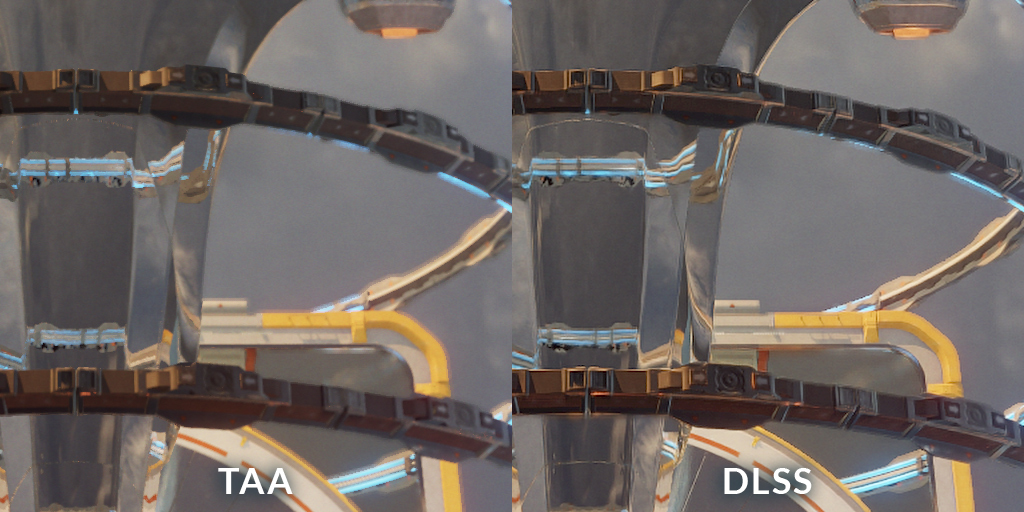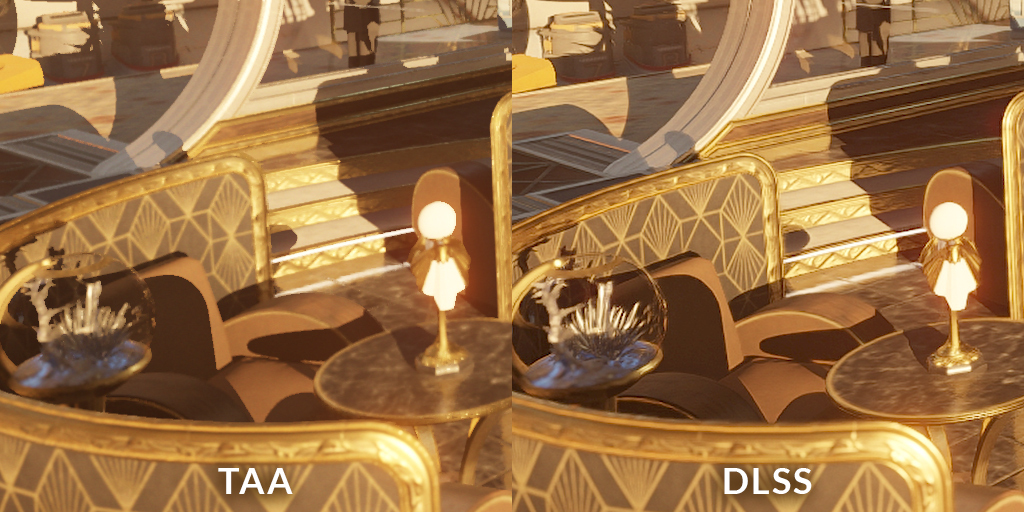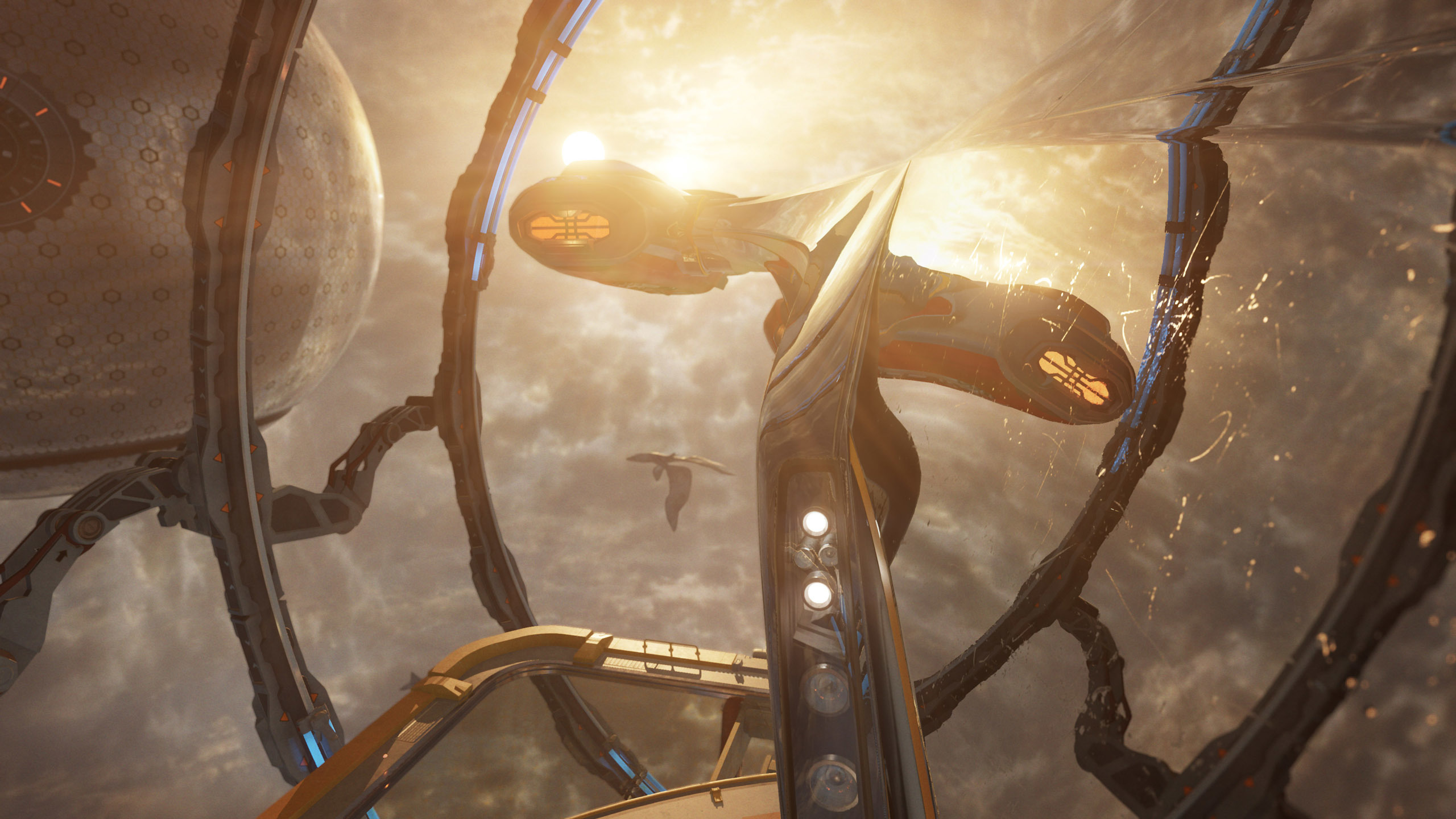
We're thrilled to announce that we've added an exciting new graphics technology to 3DMark in the form of the new
NVIDIA DLSS feature test, available now.
NVIDIA DLSS feature test
3DMark feature tests are specialized tests for specific technologies. The NVIDIA DLSS feature test helps you compare performance and image quality with and without DLSS processing.
The test is based on the 3DMark Port Royal ray tracing benchmark. Like many games, Port Royal uses Temporal Anti-Aliasing. TAA is a popular, state-of-the-art technique, but it can result in blurring and the loss of fine detail.
DLSS (Deep Learning Super Sampling) is an NVIDIA RTX technology that uses deep learning and AI to improve game performance while maintaining visual quality.
Check out the video and images below to see a comparison of TAA and DLSS in the new 3DMark feature test.

Comparing performance with the NVIDIA DLSS feature test
The NVIDIA DLSS feature test runs in two passes. The first pass renders Port Royal with DLSS disabled to measure baseline performance. The second pass renders Port Royal at a lower resolution then uses DLSS processing to create frames at the output resolution. The result screen reports the frame rate for each run.
DLSS is a proprietary NVIDIA technology, so naturally, you must have an NVIDIA graphics card that supports DLSS, such as a GeForce RTX series, Quadro RTX series or TITAN RTX, to run the test. You must also have the latest NVIDIA drivers for your graphics card.
 Open the image in a new tab to see it full size.
Open the image in a new tab to see it full size.About DLSS
DLSS uses a pre-trained neural network to find jagged, aliased edges in an image and then adjust the colors of the affected pixels to create smoother edges and improved image quality. The result is a clear, crisp image with quality similar to traditional rendering but with higher performance. You can read more about DLSS and what it means for game developers on the NVIDIA website.
 Open the image in a new tab to see it full size.
Open the image in a new tab to see it full size.3DMark is 85% off in the Steam Lunar New Year Sale
We're celebrating Chinese New Year—and the sixth anniversary of 3DMark's original release—with a special week-long sale. From now until February 11, 3DMark Advanced Edition is 85% off.
https://store.steampowered.com/app/223850/3DMark/
If you purchased 3DMark before January 8, 2019, you can unlock the NVIDIA DLSS feature test by purchasing the Port Royal upgrade DLC. You can read more about 3DMark updates and upgrades
here.
https://store.steampowered.com/app/496103/3DMark_Port_Royal_upgrade/





